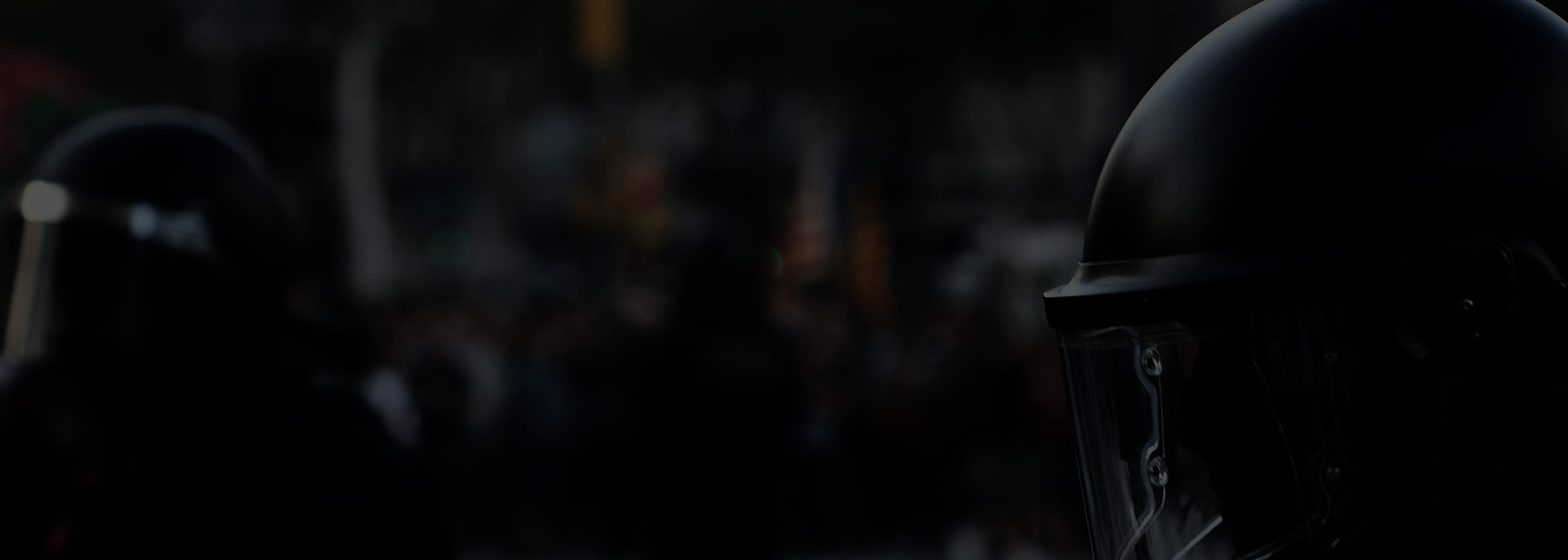
Introduction:
In the fast-paced world of film production, tight deadlines are a common challenge that filmmakers face. Staying ahead of schedule is not just about meeting deadlines but also ensuring a smooth and efficient workflow. In this blog post, we’ll explore strategies and tips to help your film production stay ahead in tight deadlines without compromising on creativity and quality.
Detailed Pre-Production Planning:
- The foundation for meeting tight deadlines is laid during pre-production. Thorough planning involves creating a detailed schedule, breaking down the script into manageable segments, and anticipating potential challenges. A well-organized pre-production phase sets the stage for a streamlined production process.
Clear Communication and Collaboration:
- Effective communication is the backbone of any successful production. Establish clear lines of communication among the entire team, from department heads to crew members. Foster a collaborative environment where ideas and feedback can be shared openly. Clear communication minimizes misunderstandings and keeps everyone aligned with the production goals.
Utilize Technology and Project Management Tools:
- Leverage technology and project management tools to enhance efficiency. Project management software, scheduling apps, and collaborative platforms can help streamline communication, track progress, and manage tasks effectively. These tools provide a centralized hub for information, fostering better coordination among team members.
Strategic Scheduling and Time Blocking:
- Develop a strategic shooting schedule that maximizes efficiency. Time blocking involves allocating specific time slots for different tasks or scenes. Prioritize critical scenes, complex setups, or locations early in the schedule to allow for additional time if needed. This approach helps manage resources effectively.
Flexible Planning for Contingencies:
- Even with meticulous planning, unforeseen challenges can arise. Build flexibility into your schedule to accommodate unexpected delays or changes. Anticipate potential issues and have contingency plans in place. This proactive approach minimizes the impact of setbacks on the overall timeline.
Streamlined Set Operations:
- Optimize set operations to minimize downtime. Organize equipment, props, and set changes efficiently to ensure a smooth flow between scenes. Implementing well-defined protocols for set changes and transitions reduces idle time and keeps the production on track.
Effective Time Management During Filming:
- Time management during filming is crucial. Encourage the cast and crew to be punctual, and establish clear expectations for breaks and downtime. Efficient use of time on set allows for more takes and adjustments, improving the overall quality of the footage captured.
Parallel Workflows for Efficiency:
- Identify tasks that can be executed simultaneously without compromising quality. For example, while one unit is filming, another unit can be preparing the next set or conducting rehearsals. Parallel workflows help optimize time and ensure that various aspects of production are progressing concurrently.
Regular Progress Assessments:
- Schedule regular progress assessments to evaluate how well the production is adhering to the timeline. Conducting periodic check-ins allows the team to identify potential bottlenecks or challenges early on, enabling timely adjustments to keep the production on course.
Empower and Motivate Your Team:
- A motivated and empowered team is essential for meeting tight deadlines. Foster a positive working environment, acknowledge achievements, and provide support when challenges arise. A motivated team is more likely to go the extra mile to ensure the success of the production.
Post-Production Planning in Parallel:
- While filming is ongoing, initiate post-production planning in parallel. Preparing for the editing process, sound design, and visual effects concurrently with filming allows for a smoother transition into post-production. This dual-track approach helps compress the overall timeline.
Learn from Each Production:
- After each production, conduct a thorough debrief to analyze what worked well and where improvements can be made. Use these insights to refine your planning and execution strategies for future projects. Continuous learning and adaptation contribute to ongoing efficiency improvements.
Conclusion:
Meeting tight deadlines in film production requires a combination of meticulous planning, effective communication, and strategic execution. By implementing these strategies and fostering a collaborative and motivated team, filmmakers can navigate tight schedules with agility and creativity. Staying ahead in tight deadlines not only ensures the timely delivery of the project but also contributes to a positive and efficient production experience for everyone involved.





